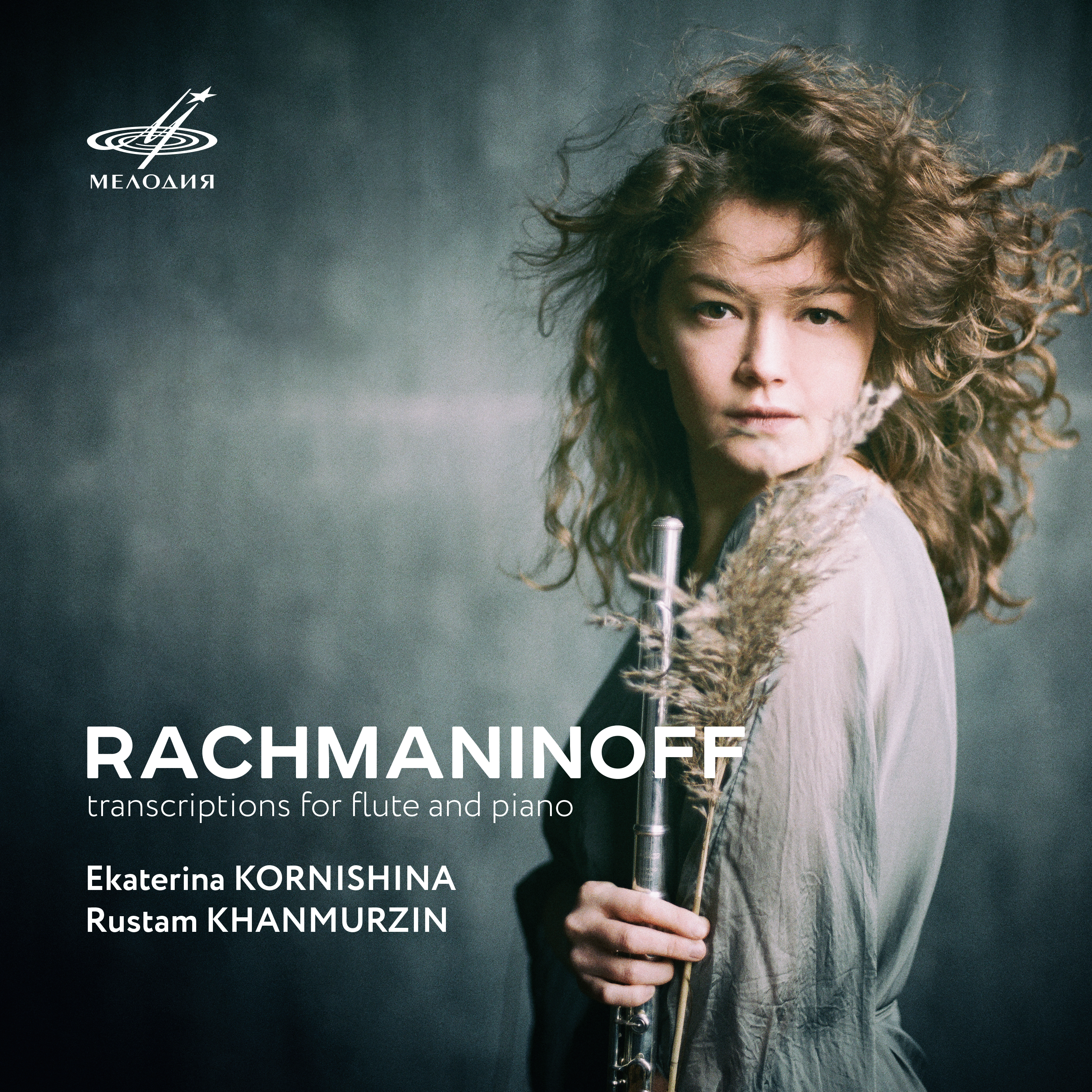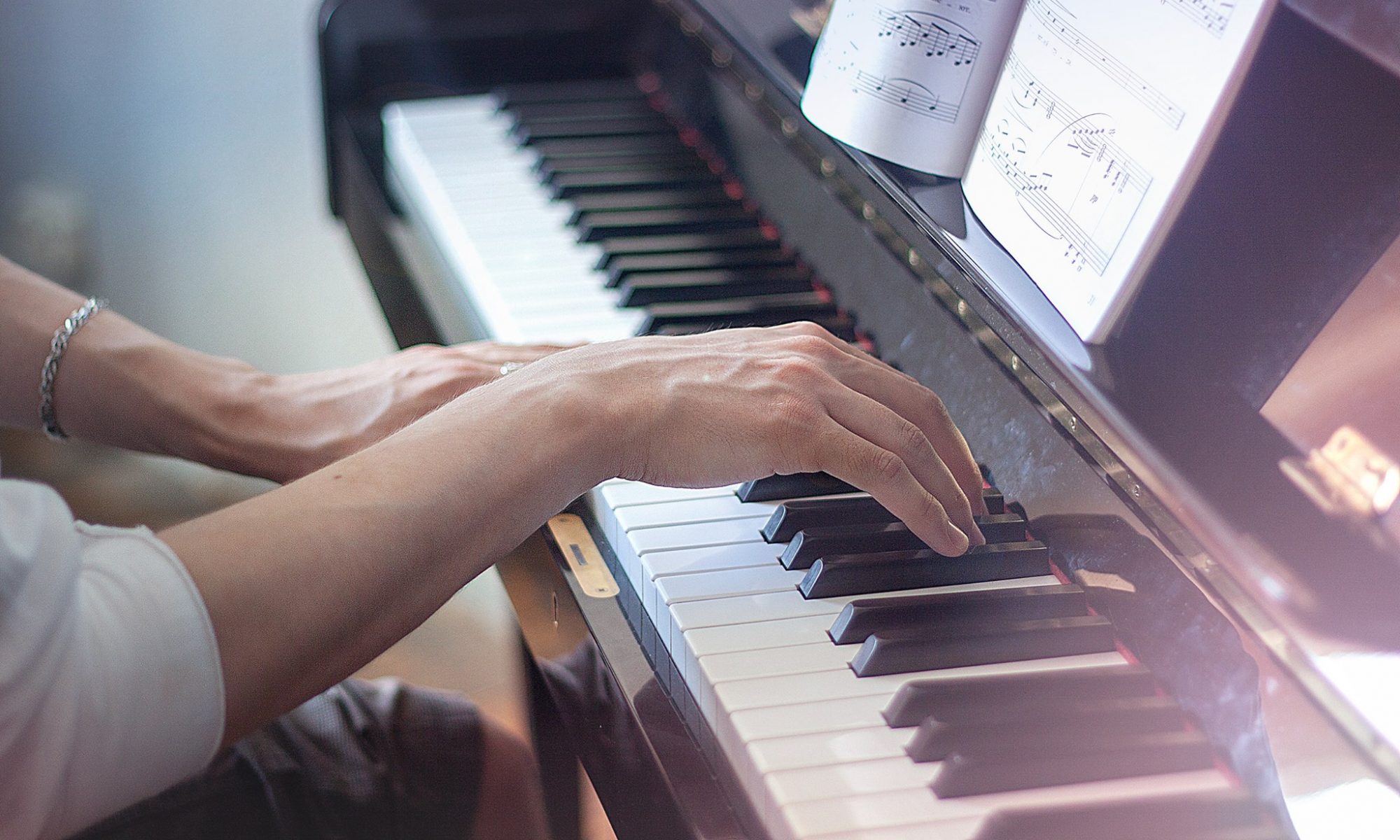Rustam Khanmurzin joins Ekaterina Kornishina for a special CD project under the Melodia Lable

All sorts of arrangements and versions of classical pieces hardly come as a surprise these days. Pictures at an Exhibition for a string/wind/ jazz ensemble, Vivaldi’s Four Seasons in the manner of tango, Bach’s and Shostakovich’s fugues played on the bayan… The greatest hits of classical music may appear in a number of different timbre guises. Rachmaninoff’s Vocalise that seems to have been performed in all thinkable ways is not an exception.
And still, Rachmaninoff’s romances performed by a flutist… You must admit that it’s something that is hard to imagine even if you have a bold musical imagination.
The initiator and performer of this project is Ekaterina Kornishina, a young Russian flutist who has already made a name for herself on the European scale. As she admits, many musicians tried to dissuade her from such a risky move. She performed her first Rachmaninoff’s romance – Daisies – on the flute in 2005 when she studied at the Central Music School of the Moscow Conservatory with the outstanding teacher Yuri Dolzhikov. Unlike the others, he was the one who was warm to his student’s idea.
The high “whistling” instrument that perfectly fits for the silvery lacy coloraturas of baroque and classicism and accompanies the bel canto cavatinas, Ludmila’s frivolity, and Snegurochka’s dazzling coldness… This might be a settled idea of the flute, but how true is it for this century? Even at the dawn of the twentieth century, Claude Debussy proclaimed a new era with his score of Faun; those who have heard it at least once will never forget the magical flute modulations that have been reflected in dozens of orchestral, concerto and chamber works by French (and not only) composers of the next generations. Their echo is also heard in the verses of Arseny Tarkovsky written half a century later:
I learned the grass as I began to write,
And the grass started whistling like a flute.
Although Rachmaninoff didn’t write a single flute piece, Ekaterina Kornishina felt affection for his music from an early age. She started her life in music as a musician in the children’s choir of the Bolshoi Theatre and was accustomed to perceiving music through sing- ing and always strove to achieve that “vocal” expressiveness of the flute timbre (she even mastered the technique of vocal breathing). Her ensemble partner Rustam Khanmurzin, a pianist and accompa- nist, provided indispensable assistance in the making of this album. A graduate of the Moscow Conservatory and the Royal College of Music in London, and prize-winner of international competitions, who had performed Rachmaninoff’s romances with singers, he is a proficient performer who is able to achieve complete unity when playing in an ensemble.
Of course, Vocalise is far from being the only one of Rachmaninoff’s romances that claims to be an aesthetically self-sufficient “song without words”; on the other hand, many of them coexist so closely with a poetic text in our minds that it comes back to us out of thin air (that is perhaps why the flute timbre in The Pied Piper becomes so “expected”). Daisies, Lilacs, Morning, and How Fair Is the Spot – these lyric landscape sketches not only fit into the traditional sound image but refresh it with a new timbre. But how does the flute sound in Rachmaninoff’s bright monologues where the power of the voice is lifted to the pinnacle of full culmination sonority? Will the dar- ing artistic experiment make the flute, an instrument of the ancient musical revelations of mankind, sound in a new way?
The listener always has the last word. We should only add that the album includes charming encores like Romance and Hungarian Dance (arrangements of the violin pieces, Op. 6), and Italian Polka.
Boris Mukosey
The album is now available on:
📀 Spotify
